If you’re like most people, you probably know that spices add flavor to food, but you might not know a lot about their actual benefits. Here’s the low-down on what’s good about spices and herbs and how you can integrate them into everyday meals.
Cayenne pepper
Even if you have sensitive taste buds and can’t easily tolerate spicy food, adding a little cayenne pepper to a dish can definitely bring your meals up a notch. Cayenne pepper has a whole plethora of benefits – it can soothe an upset stomach, boost metabolism and reduce the chance of heart attack, according to the Global Healing Center. It might also benefit blood pressure level – a study published in 2010 found a link between regular consumption of a compound in cayenne pepper and lowered blood pressure in mice and rats.
How to use it: Sprinkle some onto a salad or a bowl of chili. Or, for breakfast, add a dash to scrambled eggs.
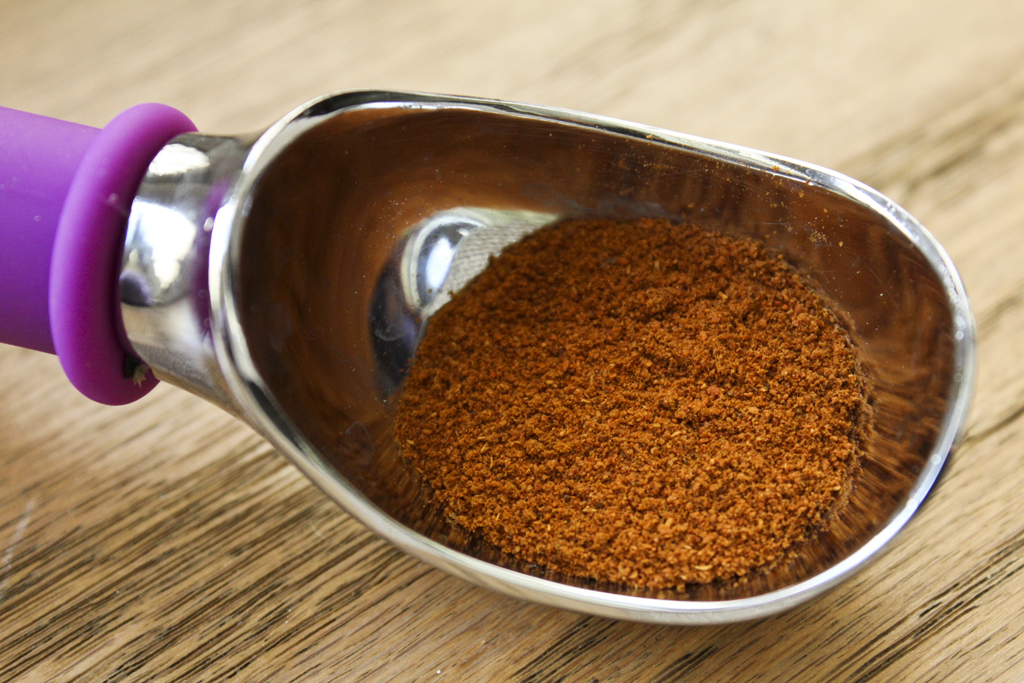
Cayenne pepper. Photo by Hannah Lin
Oregano
Congested from allergy season and looking for relief? Oregano just might do the trick. The Global Healing Center reports that oregano can combat nasal congestion and sneezing. According to Livestrong.com, it also contains tons of vitamins and antioxidants to promote cell health.
How to use it: Garnish a homemade pizza with oregano, or blend the herb into pasta sauce. Add oregano to veggies, such as broccoli or cauliflower, for extra flavor.
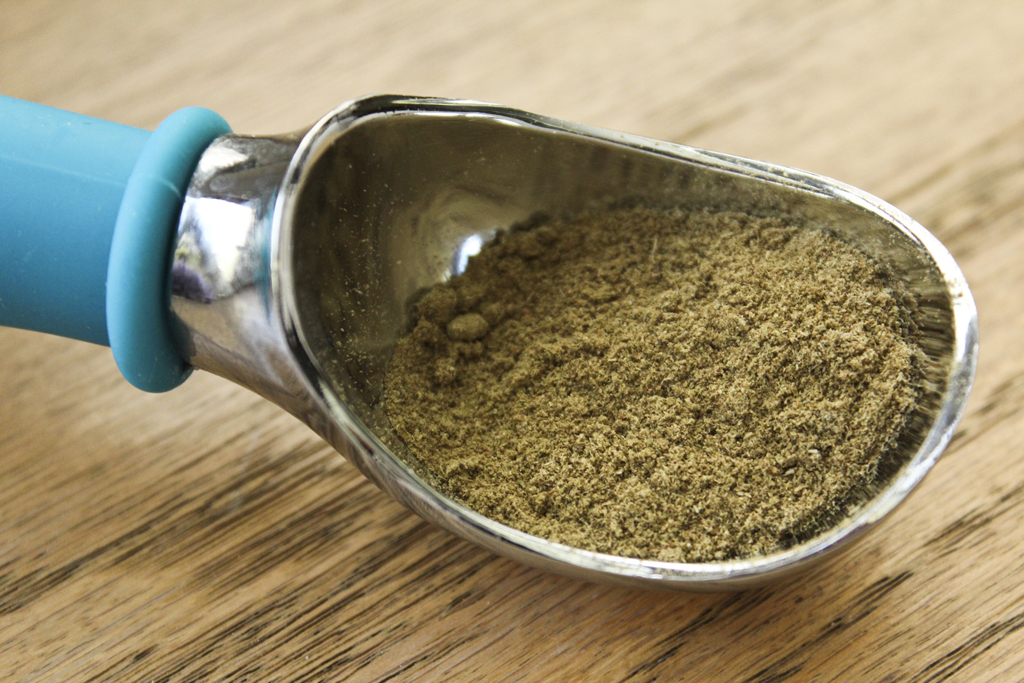
Oregano. Photo by Hannah Lin
Basil
Applying fresh basil leaves to your skin may combat acne and help you avoid those dreaded zits, according to Livestrong.com. Eating fresh basil may also strengthen your immune system.
How to use it: Make pesto or use basil as an addition to tomato sauce. You can also add basil to a sandwich, use it as a garnish in a bowl of soup, or scatter it onto fish to enhance the aroma of the dish.
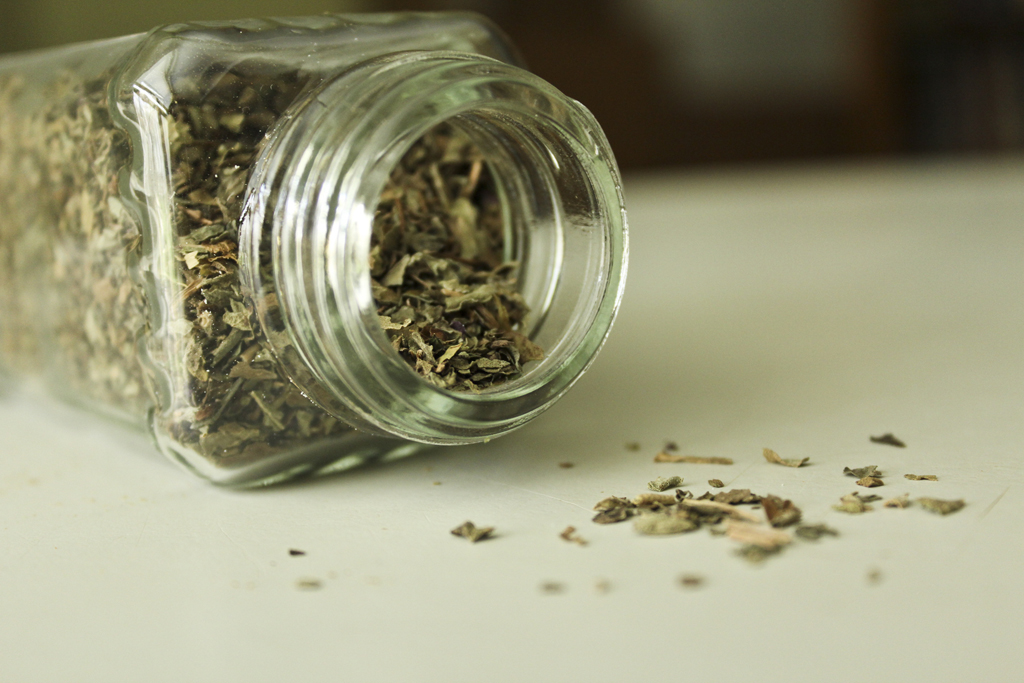
Dried basil. Photo by Hannah Lin
Ginger
Ginger is just as flavorful — and much more nutritious — in raw form than it is in sugary treats like gingerbread and ginger snaps. Livestrong.com reports that ginger helps with digestion and battles inflammation, and it cites research indicating that raw ginger helps regulate blood sugar and cholesterol. Ginger is also a stimulant, so it powers up energy level and metabolism.
How to use it: Add to tofu, veggies or rice — or all three on one plate!

Ginger. Photo by Kendra Valkema
Cumin
Cumin has always been one of those spices that lines my pantry back home, but I never really paid attention to it. I should have given it more credit, though — research suggests that cumin monitors digestion and provides a great source of magnesium, which keeps blood pressure levels and the heart in check. Magnesium also assists with calcium absorption.
How to use it: Use cumin to flavor chicken, beef or pork. If you’re a fan of Mexican food, use cumin as part of your taco seasoning or in guacamole. Rice and cumin makes for another good match.
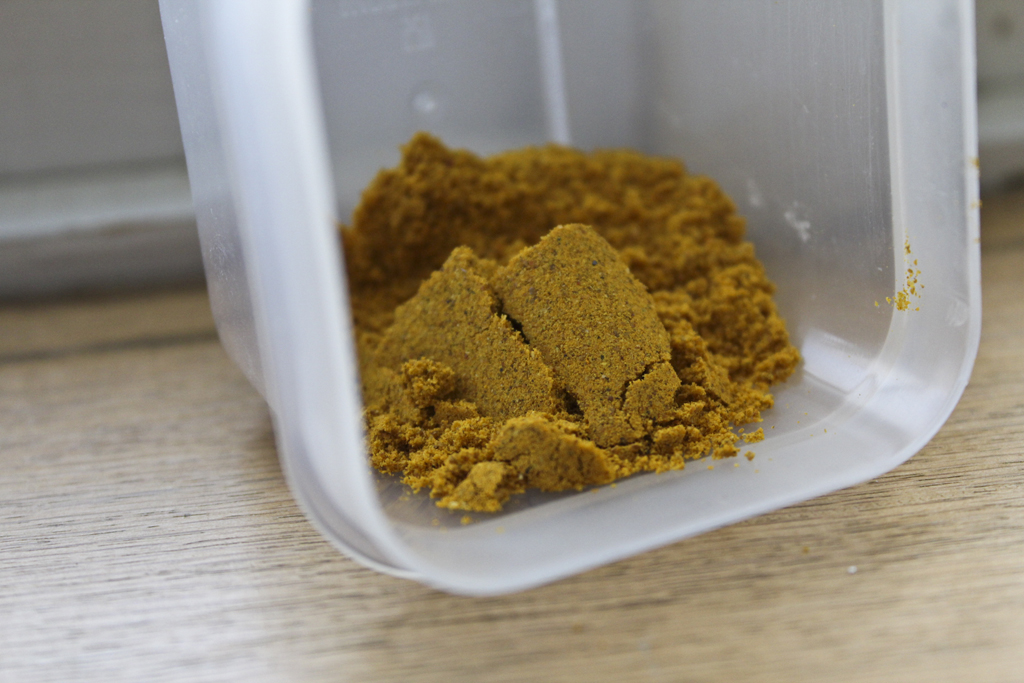
Cumin. Photo by Hannah Lin
Rosemary
As you’re cramming for midterms and prepping for finals, this herb could help you relax. Rosemary has plenty of benefits; in particular, its oil might help you study better and de-stress. One chemical in rosemary oil has been tied to brain performance – research conducted in the United Kingdom showed that when people were exposed to more rosemary essential oil aromas, they performed better on cognitive tasks. As a stimulant, rosemary can also energize you and enhance skin health, according to Livestrong.com.
How to use it: Add rosemary to soup, salad or bread dough for a simple, yet elegant lunch or dinner.
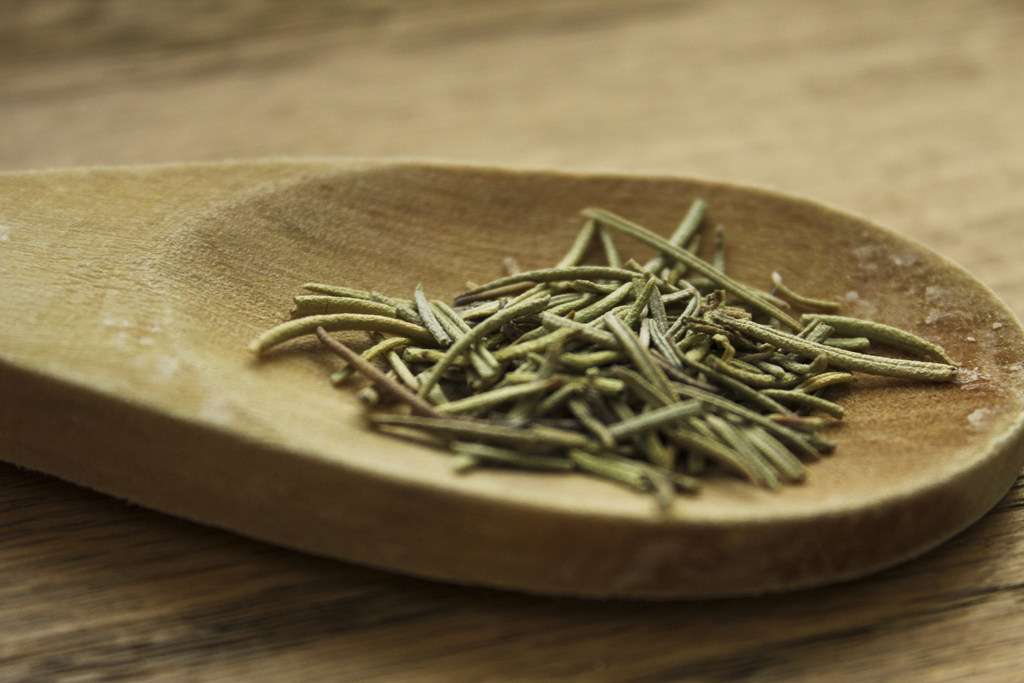
Dried rosemary. Photo by Hannah Lin

